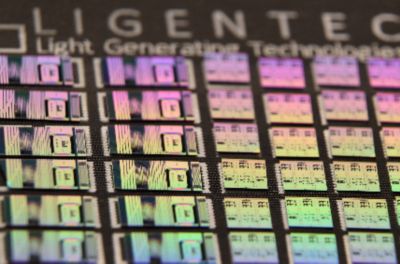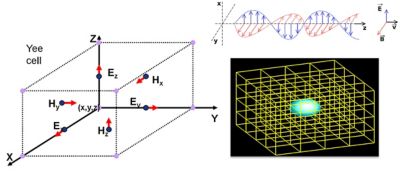簡要規格
Ansys Lumerical FDTD 可與 Ansys Lumerical CML Compiler、Ansys 多物理求解器,Ansys Speos、Ansys Zemax 及第三方電子光子設計自動化 (EPDA) 廠商順暢運作,實現快速、準確、可擴充的光子設計。
Ansys Lumerical FDTD 是一個光子模擬軟體,可在單一設計環境中整合 FDTD、RCWA 和 STACK 求解器。這能為各種裝置 (如繞射光柵、多層塗層、uLED、CMOS 影像感應器、超穎透鏡和超穎介面) 進行精確分析與最佳化,在多種應用領域中提供業界領先的效能。Ansys Lumerical FDTD 可針對最複雜的設計快速進行虛擬原型製作與數千次迭代驗證。
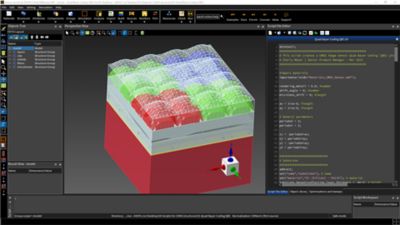
Ansys Lumerical FDTD 可與 Ansys Lumerical CML Compiler、Ansys 多物理求解器,Ansys Speos、Ansys Zemax 及第三方電子光子設計自動化 (EPDA) 廠商順暢運作,實現快速、準確、可擴充的光子設計。

「Ansys Lumerical 模擬軟體符合我們對於準確度、相容性、使用便利性和支援的要求,讓我們能自信地設計和最佳化光子裝置。這套軟體能輕易整合製程資料,提供實用且切合現實的模擬結果。」

「透過 Ansys Lumerical 的最佳化,指令碼處理和雲端支援,我們得以最佳化 X8 電路的每個元件,達到前所未有的低損失表現、小巧體積,以及高製造公差。」

「Ansys Lumerical FDTD 解決方案搭配其雲端加速器,可讓我們減少 15% 以上的插入損失,同時大幅加快設計時程。」

「Lumerical FDTD 解決方案是我們研發架構不可或缺的一部分。簡單易用的版面配置可讓我們快速設定短期專案,而其指令碼功能、說明文件和範例則讓我們能以一致且有效的方式推動技術發展。」

「使用 Lumerical FDTD 解決方案,我們用自訂指令碼建立了高度準確的微共振腔 OLED 模型,可用於製作產品。Lumerical 在減少時間和成本方面發揮了重要作用,並持續作為執行我們當前專利 OLED 光學結構調整方法的主要工具。」

「我們使用 Ansys Lumerical FDTD + AWS + Python API 設計此超穎表面的每一奈米結構,同時使其相容於 CMOS 製程公差。Lumerical 的 AWS 解決方案讓 Lumotive 能夠將我們的設計週期以兩到三個數量級成長,而不會額外造成成本或準確性方面的妥協。」

透過成熟和無近似的 FDTD 方法執行大規模物理模擬的能力,使我們在下線時更有信心。Lumerical 以 FDTD 為基礎的 HPC 方法已經證實是最快速且最具成本效益的方法。」

「Lumerical 軟體對我們的研究來說相當寶貴。非常實用的功能會持續增加,讓它維持領先市場的聲譽。」
2025 年 7 月
最新版本的 Ansys Lumerical FDTD 提供 GPU 加速、逆向設計與 CAD 互通性的新功能,為次世代光子系統設計人員帶來更高的靈活性與可擴展性。

支援多節點、多 GPU 執行,可將大規模電磁模擬分散至多個 GPU 與運算節點,大幅縮短複雜 3D 光子結構的運算時間。

Ansys Cloud Burst Compute 現已整合進 Ansys Lumerical FDTD,使用者可從 Lumerical FDTD 桌面隨需提交任務至 Ansys 管理的雲端運算資源,並具備 SaaS 能力,無需安裝或設定。
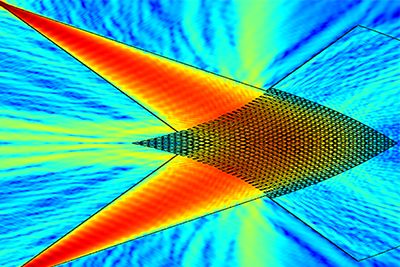
最新的 Ansys Lumerical FDTD 強化 GPU 加速模擬技術,實現大幅節省記憶體並加快網格產生時間。這項技術進步讓光子工程師和研究人員能夠模擬更大規模的系統,提升效率,並在不影響效能的情況下處理更複雜的設計與系統。
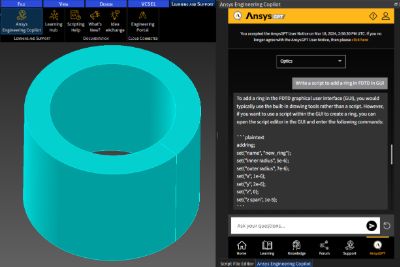
Ansys Engineering Copilot 現已整合進 Ansys Lumerical FDTD,可在產品內直接使用 AI 助理。
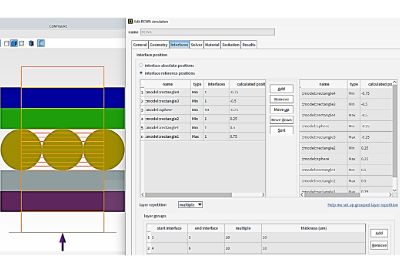
層重複現在允許多個獨立的重複層群組。應用範例包括體積全像光柵 (VHG) 與光學計量。
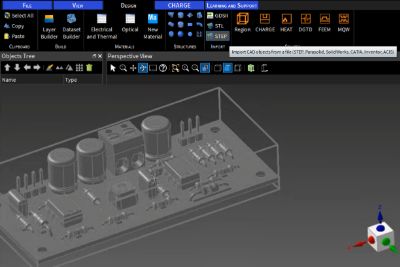
Ansys Lumerical FDTD 現在可以匯入來自 Parasolid、SolidWorks、CATIA、Autodesk Inventor 和 ACIS 檔案的 CAD 物件。

功能
Lumerical FDTD 是業界領先的模擬軟體,可設計並最佳化多種光子元件。Lumerical FDTD 具備極高的靈活性與可擴充性,速度無與倫比,可幫助充分利用 HPC (CPU 和 多 GPU) 和雲端資源。
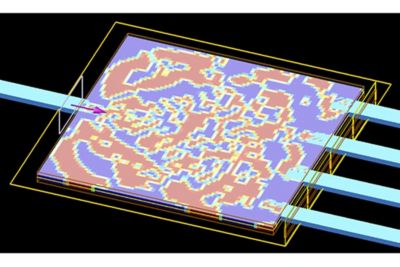
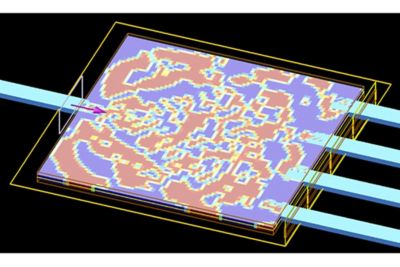
對 Ansys 而言,確保所有使用者皆能運用本公司產品非常重要,身心障礙者也不例外。因此,我們致力於遵循美國無障礙委員會 (第 508 條)、Web內容無障礙指南 (WCAG)、與目前自願產品無障礙工具範本 (VPAT) 的格式等各項無障礙要求。
如果您面臨工程挑戰,我們的團隊將隨時為您提供協助。憑藉豐富的經驗和對創新的承諾,我們邀請您與我們聯絡。讓我們共同合作,將您的工程障礙轉化為成長和成功的機會。立即與我們聯絡,開始對話。
